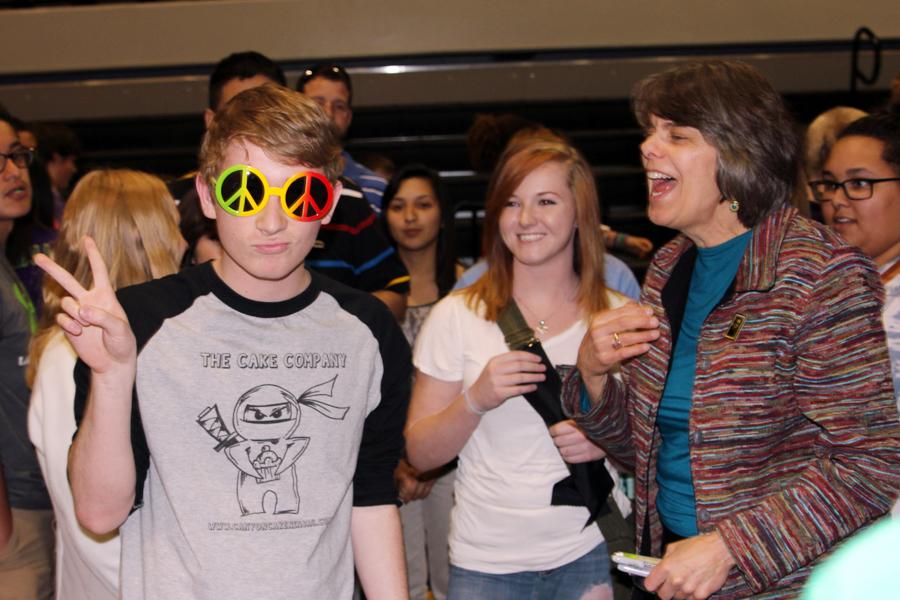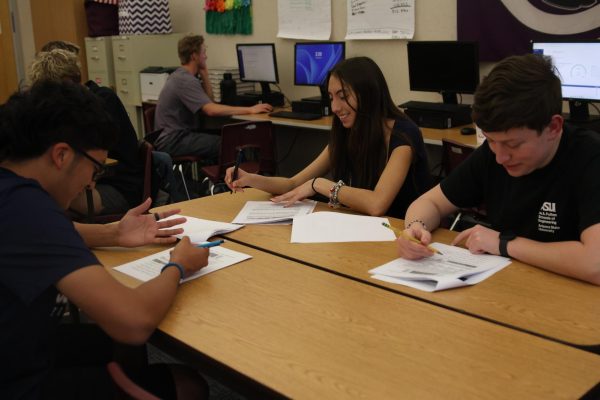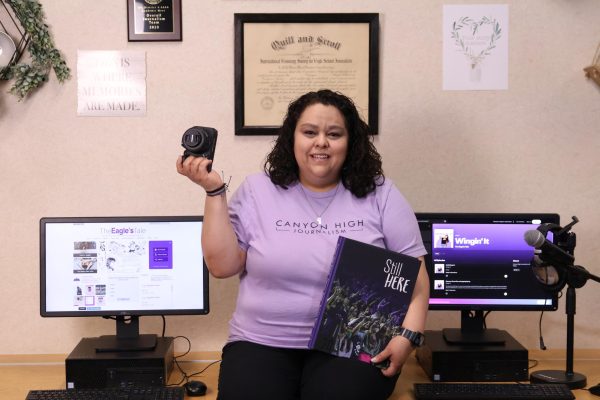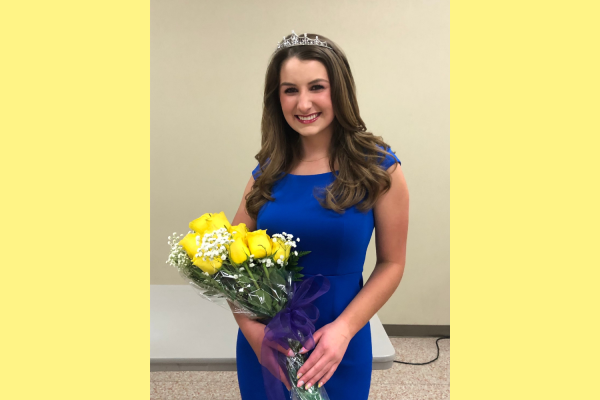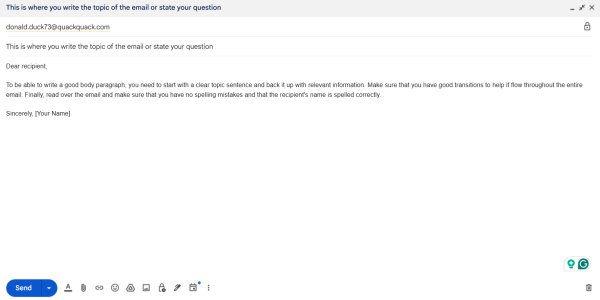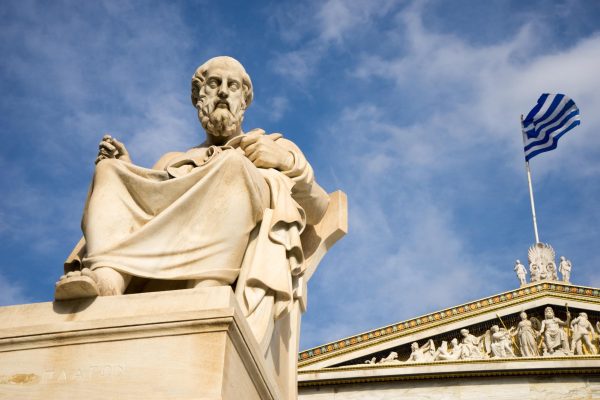Tour teaches student rights, features Mary Beth Tinker
A black strip of fabric and a pink slip of paper led a shy 13-year-old girl from Des Moines, Iowa to the Supreme Court after being suspended for wearing prohibited armbands to school.
Almost 50 years later, Mary Beth Tinker, the once shy girl, spoke in front of more than 750 students on a stop Wednesday, April 9 in Amarillo, Texas.
As a part of the Tinker Tour, Mary Beth, along with Student Press Law Center (SPLC) attorney Mike Hiestand, travel the country promoting student rights and educating students on the First Amendment. Sponsored by SPLC and coordinated through the Region 16 Educational Service Center, the tour stopped at the Randall High School gymnasium to educate area high school students about Mary Beth’s story and the landmark court case Tinker vs. Des Moines.
“I got an email out of the blue saying that the Tinker Tour was coming through Amarillo,” said Danna Beck, an education specialist at Region 16. “I recognized her name and thought it would be a great treat for students. It is very rare that students get the opportunity to see a historical figure. I don’t think Mary Beth’s mom told her that morning to go out and make the history books.”
By the winter of 1965, Mary Beth was in junior high, and 1000 soldiers had died in the Vietnam War.
“It was Christmas time,” Mary Beth said. “My father would light the candles and read from the Bible. But when we turned on the T.V. we saw war, the burning villages and the children running and screaming in terror. On the ground were body bags of the soldiers and the caskets bringing the soldiers home.”
Mary Beth said that children, like her, grew more upset over the war as time passed but did not know what to do. Mary Beth’s brother, John, and his friends came up with the idea to wear black armbands to school.
“Our message was that we were mourning for the dead and that we were supporting a Christmas truce,” Mary Beth said. “ Robert Kennedy was introducing this idea to stop killing people for Christmas to Congress.”
After being convinced by her brother to wear the armband, Mary Beth said she would try to stand up and be brave. But two days before the students planned day to wear the armbands, the principals decided that armbands would not be allowed.
“I thought we should have our rights to express ourselves but yet, we might be breaking rules,” Mary Beth said. “I decided I would try to stand up. And if I got suspended, I was just going to have to be suspended. I was so nervous and scared.”
Mary Beth said she knew she was in trouble when she saw her favorite teacher standing outside of her math class with a pink slip requesting her presence in the office.
“I walked down to the office very slowly,” Mary Beth said. “There I saw Mrs. Tanner, the girls’ adviser. She said, ‘Mary Beth, that’s not like you. You are a good student. Now take that armband off.’ So, in a great stand of courage I said, ‘Okay, Mrs. Tanner. Here you go.’ I thought that at least I stood up for myself for a little bit and had a little courage. And then I went back to math class.”
After handing over the armband and thinking the ordeal was over, Mary Beth said a few minutes later she saw a boy standing at the door of her classroom requesting she return to the office.
“Mrs. Tanner was there and she said, ‘I have been thinking about it and since you wore that armband, you are going to be suspended anyway,’” Mary Beth said. “I took the papers and walked home very slowly because I was nervous. My brother, John, got suspended the next day. Altogether there were about five kids suspended. My mom had understood why we were wearing the armbands, but my dad didn’t think it was such a great idea because we were breaking the rules.”
Her parents were contacted by the American Civil Liberties Union (ACLU), which has been standing up for the Bill of Rights and the minority opinion for more than 100 years.
“They (the ACLU) came and told my parents that they thought the school was wrong,” Mary Beth said. “They thought kids should have rights, too. They told us we needed to go to the school board and try to negotiate. We persuaded two of the school board members to change their minds but the rest would not. The ACLU said, ‘Well, we are going to have to go to court.’”
Mary Beth said that the ACLU disputed that the situation was unconstitutional. But, when they got to the district level court, they lost.
“The lawyers argued back and forth saying that the kids weren’t hurting anybody,” Mary Beth said. “But the school board lawyers said that we were breaking rules. Then, it was appealed to the appeals level of courts. Again the lawyers argued and again, we lost. From there it was appealed to the Supreme Court.”
From more than the 7,000 cases brought annually, the Supreme Court takes about 70 a year.
“We were so happy when the Supreme Court decided to hear our case,” Mary Beth said. “They, too, thought it was important to decide whether kids do have rights in public schools. When I was a junior in high school, the court decided by a 7-2 vote that all students have rights, and that students and teachers do not shed their constitutional rights at the schoolhouse gate. It was a great victory in 1969 for students all over the country. Students are persons under our Constitution with all the rights and responsibilities that come with it.”
Mary Beth said that our society is not set up for the benefit of young people.
“Young people have amazing qualities to change the world,” Mary Beth said. “Kids have worked in mines and factories. Kids have worked in farms and plantations. Kids have fought in every war. Kids helped build this country. Our society is filled with kids who have changed everything.”
Standing up for what you believe in, Mary Beth said, is fun.
“History is made by ordinary people doing small things,” Mary Beth said. “You could do nothing or you could do something, and that’s when it gets interesting. It’s a good way of life to speak up for what you believe in.”

Hey y’all! My name is Allison, and I’m the Co-Editor-In-Chief of the Eagle’s Tale. This is my final year on staff, as I am a senior. Along with the wonderful world of journalism, I am involved in all things theater. From musical to One-Act, I spend...

